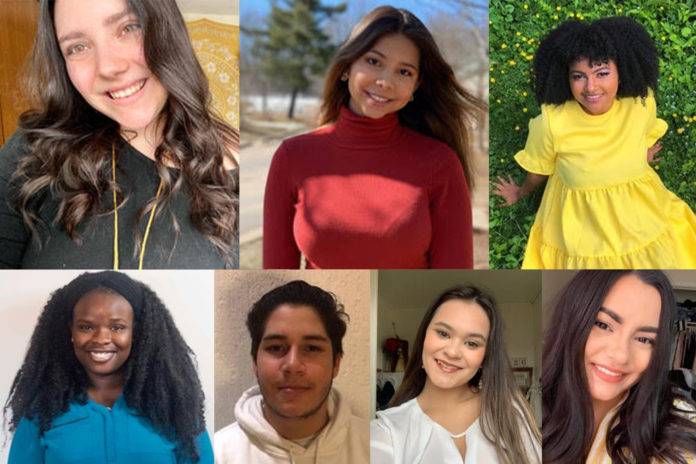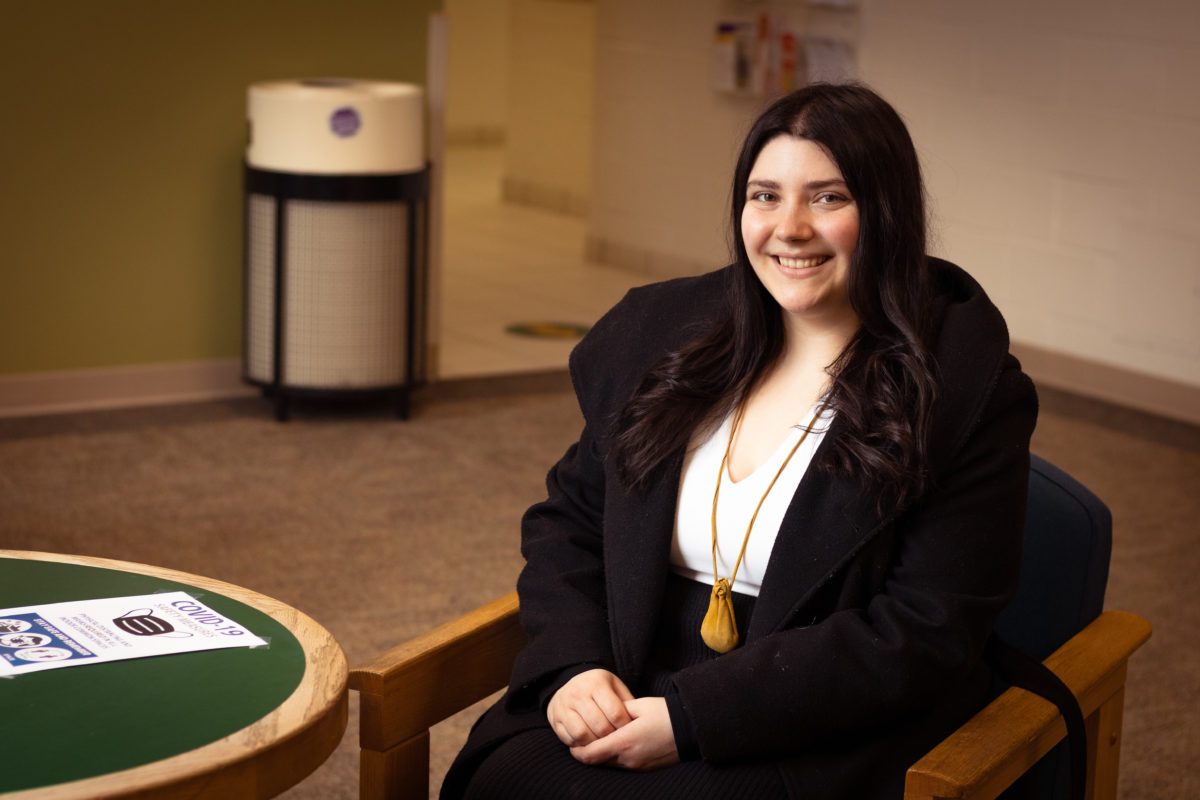

A new group at St. Thomas University hopes to create a sense of community for students who are Black, Indigenous and people of colour.
Resiliency in Colour was created by Brittany Gray, a fifth-year Mi’kmaw student at STU, after working as an assistant for STU Mental Health last summer. After seeing support for Black Lives Matter and solidarity rallies for Indigenous rights, Gray said she became “personally triggered.” Then she remembered that STU didn’t have a group to unite BIPOC students.
Gray said she created the group to provide a safe space for BIPOC individuals within the STU community to understand their experiences and share similarities between cultures and struggles.
“We want it to be a space where those individuals can see and understand their unique journeys, but also appreciate that they’re in a community where they feel as one,” said Gray. “It’s a few different communities combined together, we all have similarities in some of the struggles that we share.”
After finding the inspiration to begin the group, Gray said she suggested it to Kelly Humber Kelly, the mental health coordinator at STU. When Gray transitioned to working in an internship that the Indigenous coordinator for experiential learning helped her create, she said she still wanted to make the group a reality.
During her conversations with the Wabanaki Centre and STU Mental Health, they decided to find committee members from each community and touch base with the STU Black Student Association and the International Students’ Association to understand what would benefit the collective.
Gray said having a group like Resiliency in Colour for BIPOC students on campus is more about creating a space where students can access resources within their own community.
“I cannot express enough how prevalent microaggressions are,” said Gray. “There’s so many little things within our society that can re-traumatize certain individuals within this group and it’s not talked about.”

One of the group’s first activities are bi-weekly drop-in events held over Microsoft Teams, where students can connect with other members of STU’s BIPOC community. Gray said it’s a casual environment where students can talk about any issues or even work on homework together.
Students interested in attending can reach out to any of the committee members for a private link to the events.
Wendy Matthews, a counsellor for STU Mental Health and the Wabanaki Centre, said she understands the importance of having these groups on campus. As someone who was adopted at birth and didn’t grow up understanding her Indigenous identity, she said the group lets students feel safe sharing their stories.
“It’s been overlooked, it’s been a gap in service,” said Matthews. “I think sometimes we just assume that all students will access the mainstream services available without consideration towards the uniqueness of some of our students’ needs.”
Andrea Escober, a second-year committee member from STUISA, said she enjoys the drop-in sessions because she learns a lot about different communities and hears different insights about others’ struggles.
“Having this group on campus makes students feel a sense of approachability within the student community,” said Escober. “It was very hard to approach others [during first year] because I felt that my concerns weren’t going to be understood.”
As for Gray, she said she enjoys the sense of community Resiliency in Colour creates. She said she often struggles with identity issues and when she talks with other Indigenous students, she feels “normalized” and like she belongs in the community.
“If I were to talk about my identity issues with someone who’s not Indigenous or not a person of colour … it’s just a different setting, a different feeling,” said Gray.
“I feel more comfortable talking about those things in [this] setting.”
